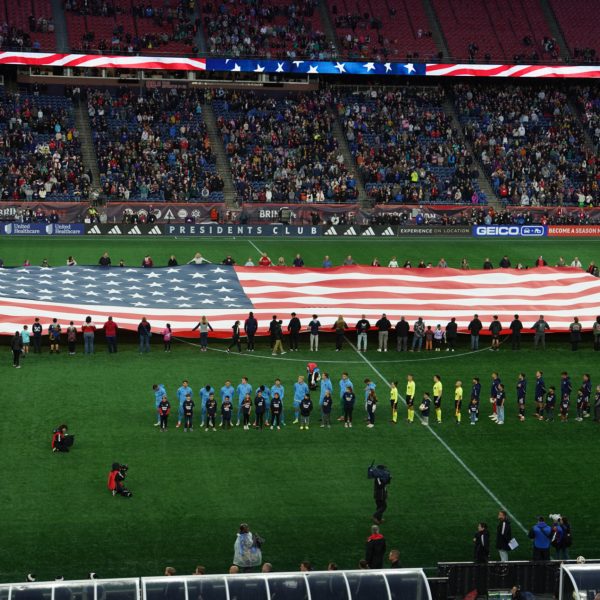J Hutcherson highlights the level of difficulty for technical staffs in Major League Soccer working out how to design a competitive squad.
29 teams try to figure out how to succeed in MLS in 2023
By J Hutcherson (Jan 10, 2022) US Soccer Players – It’s unfair to think that the addition of another MLS team is somehow going to shake up what it takes to build a competitive squad. Then again, a 29-team league means adding players and options in a competitive situation defined by the league’s allocation and squad rules. There’s only so much any MLS team can do, a set of circumstances that have required navigation since the very beginning of Major League Soccer. Building in MLS is always relative to a specific scale, even in the era of expansion, free agency, and allocation money.
With that always in mind, what we’re seeing so far in January from the league’s clubs should feel somewhat familiar. There are teams with obvious roles to fill, especially clubs in the market for starting goalkeepers. There are the issues in need of addressing from last season, especially for clubs trying to undertake large or targeted rebuilds. Then there are the clubs trying to maintain or create a competitive advantage in competition with everyone else in the hunt for players.
That last one might seem like an over-generalization, but again we’re talking about MLS specifically. While the replacement level player is a metric for another sport and another league, that’s one of the driving principles for any MLS front office. Maintaining a level becomes almost foundational, keeping a squad from backtracking after good work over the prior season. There’s reach and there’s over-reach in MLS, something that can hamper a season early.
Last year, Atlanta United’s injury issues transformed their expectations for the season. Their plans in place coming out of the preseason required an almost immediate overhaul and then another. Losing key starting players isn’t something easy to turn around in MLS, and neither is what that means for next season. At full strength, Atlanta in 2022 shouldered the preseason expectation of a competitive team in a tough Eastern Conference, only to experience how quickly things can change. That moves to 2023 with Atlanta making changes while looking to a core that they expected to be their last season.
That’s an object lesson for every other team in MLS, a league that is first-choice dependent and depth a relative luxury. There’s a lengthy list of examples of teams that struggled due to one or two notable absences, even in a league that seemed to produce weekly upsets. It’s an ongoing question as to how to factor for plain bad luck, something 29 teams can’t help but consider as they make roster decisions.
For all 29 of those clubs, finding a clear path is difficult. There’s not enough of a template, something that likely helps the league’s parity but also shows how tricky getting the balance right can become. A set of tactics can seem brilliant one season and a problem the next, even with an offseason spent building to that design. What works may not work again, requiring teasing out not just what changed within a squad but across the league.
New England’s 2022 asked a lot of questions that don’t necessarily need immediate and substantive answers. There was enough talent in the squad last season to expect closer to what was on display in 2021, with weekly reminders that the difference wasn’t as distinct as their record would eventually indicate. Again, if you’re another MLS team what do you take from New England in 2022? Or for that matter, Toronto last season?
That’s the thin line in MLS underlined several times. It’s not just the difference between dominance and out of contention. It’s also the difference between getting that late run of results that allows a team to crash the playoffs and surprise a team or two higher up the table.
Real Salt Lake did that without advancing in the 2022 postseason, taking Austin to penalties on their way out in the opening round. That same thin margin that took them to the Western Conference finals the season before was still there. What does building on that look like? Widening the attack is certainly one way, but Real Salt Lake also took the relative risk of trading a starting defender when they moved Aaron Herrera to Montreal last month.
Several risk-reward scenarios exist in MLS, with plenty of reasons for and against across the league. How much change any tactical setup can handle is always worth considering, along with how much change a squad can implement over a relatively short offseason.
It’s not straightforward for MLS technical staffs operating within their own specific guidelines as well as against each other. Once again, that might seem applicable across leagues all over the world but that would require either downplaying or outright ignoring what makes MLS unique. Part of that are the squad limitations creating scenarios where the easiest options may not be there, and what worked just a few months ago may turn into a problem.
J Hutcherson started covering soccer in 1999 and has worked as the general manager of the US National Soccer Team Players Association since 2002.







